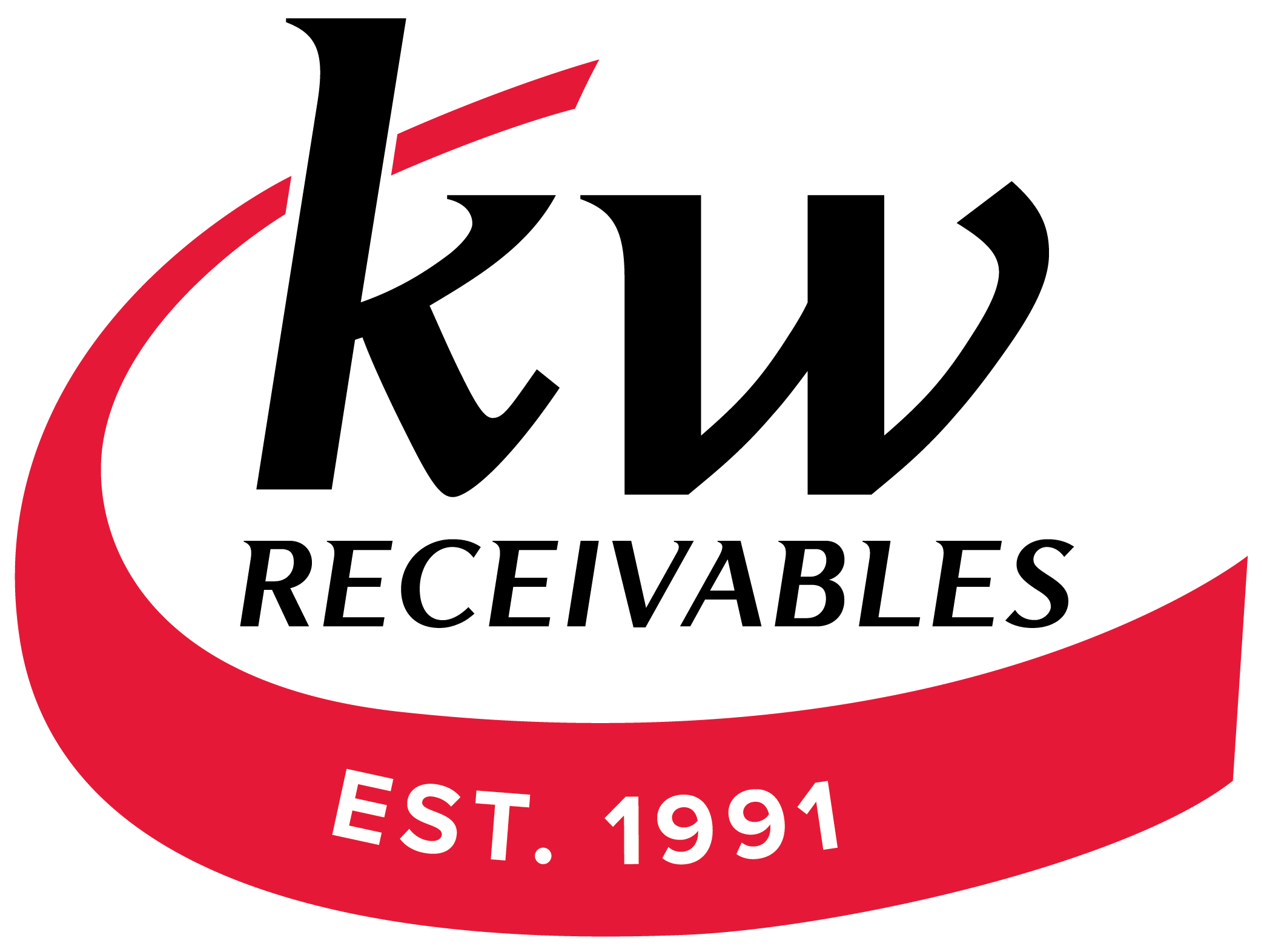1. Start with Historical Data
To create an accurate forecast, it’s crucial to start with historical data. Analyze your past financial performance, including revenue, expenses, and cash flow. This data will serve as a foundation for making informed projections about the future. Look for trends, patterns, and anomalies that can guide your budgeting decisions.
2. Set Clear Goals and Objectives
Before you begin budgeting and forecasting, establish clear goals and objectives. What do you want to achieve financially? Are you aiming for growth, stability, or debt reduction? Setting specific goals will help you align your budget and forecast with your long-term vision.
3. Involve Key Stakeholders
Involving key stakeholders in the budgeting and forecasting process is crucial. Collaborate with department heads, managers, and team members to gather insights and data. Their input can provide valuable perspectives and help ensure that the budget and forecast accurately reflect the organization’s needs and goals.
4. Use Multiple Scenarios
To account for uncertainty and potential problems, consider using multiple scenarios in your forecasts. Create best-case, worst-case, and moderate-case scenarios to gauge the impact of different outcomes. This approach allows you to be prepared for various situations and make more informed decisions.
5. Continuously Monitor and Review
A budget and forecast are not set in stone. It’s essential to continuously monitor and review your financial performance against your projections. Regularly analyze actual results, compare them to your forecast, and adjust your budget accordingly. This ongoing analysis will help you identify potential problems early on and take corrective action.
6. Leverage Technology
Take advantage of technology to streamline your budgeting and forecasting processes. There are numerous tools available that can automate data collection, perform complex calculations, and generate comprehensive reports. These tools can save time, reduce errors, and provide real-time insights into your financial performance.
7. Seek Professional Assistance
If budgeting and forecasting seem overwhelming, don’t hesitate to seek professional assistance. Financial advisors and consultants can offer expert guidance, help you develop realistic budgets, and provide valuable insights into the best forecasting practices for your specific industry or situation.
In conclusion, budgeting and forecasting are indispensable tools for staying ahead of potential financial problems. By starting with historical data, setting clear goals, involving key stakeholders, using multiple scenarios, continuously monitoring, leveraging technology, and seeking professional assistance when needed, you can master these essential skills and ensure financial stability and success for yourself or your organization.
Remember, successful budgeting and forecasting require ongoing commitment and flexibility. Stay proactive, adapt to changing circumstances, and be prepared to adjust your plans when necessary. With these tips and tricks in your toolkit, you’ll be well-equipped to navigate any financial challenges that come your way.


